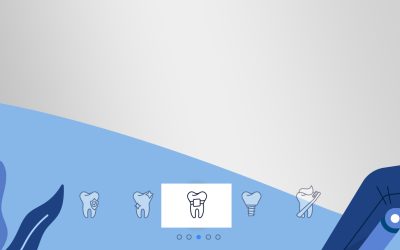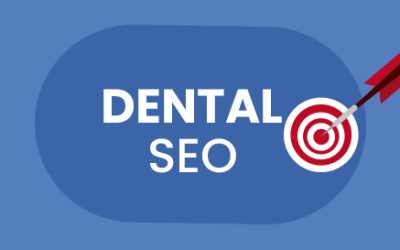Medical SEO is an extremely competitive arena since healthcare centers, physician clinics and hospitals are all carrying out various kinds of medical marketing to attract targeted traffic by advertising personalized care, unique treatment protocols, and an overall better experience. User experience or UX is vital in medical website design to gain the competitive edge and is the key to keeping users interested in your site and improving call-to-action performance.
Improving user experience is an essential element of healthcare SEO. Search engines such as Google value certain aspects of user experience provided by a website. And the UX factor is also vital to keep people interested in your site and reduce the bounce rate. Here are some areas where you can improve your site’s UX factor:
Having a Mobile-optimized Website
Mobile is everywhere and anything from paying bills to checking up on medical symptoms is done online. More people search for stuff online on their mobile phones rather than on a desktop or laptop. Search Engine Watch reports that research by Smart Insights revealed that the time people spend on mobile devices has exceeded the time they spend on desktops or laptops by 51% to 42%. In spite of that, many mobile users actually end up visiting websites not designed for them. When that happens, they get tired of the site and leave it, increasing its bounce rate. But if your site is mobile-optimized, or has a responsive design which allows it to load well on desktop, mobile and tablet, you capture those visitors. Google’s algorithms rank mobile-friendly sites higher.
Website that Loads Faster
This is another thing Google stresses on. If a website takes a long time to load, visitors will lose interest in your site and go to another site. Google has indicated that page speed signals are included in its search algorithms. Nearly half of web users want a site to load in just 2 seconds or even less. Resources such as Page Speed Insights and Google Analytics can give you an idea of the speed of your web pages in hard figures. It would really help to get that checked and improve the hosting of your website.
Adding Images and Videos
It’s a no-brainer that you’re more likely to click the triangular “play” button than read through paragraphs of text content. Keep the text limited but informative and let videos tell your story in your web pages. Make sure you have images interspersed in between text.
Images can be photos and also illustrations. Creating illustrations can prove to be more cost-effective in some situations, particularly if you need to carry out photo-shoots to take photos that can be coherently placed in your content. Sometimes, illustrations can emotionally connect with your audience better than photos and even convey the point better. You would also need to use graphs, pie charts and other visual tools to display quantitative information.
Headlines
Rather than large chunks of content, users to tend to notice text that is short and larger than, or different to, the rest of the content in the page. So headlines can grab attention. It’s a means of getting the information users need, and fast. It values the time of your readers and improves their experience by grabbing their attention and telling them what it’s all about.
Keeping the Design Simple
It’s great to have an attractive design, but make sure it isn’t too cluttered to make navigation a pain. Simple and straight forward design with a strong user experience works best for medical websites to inform visitors about treatments, the level of personalized care, diseases and their symptoms, etc.
Rich Snippets
A rich snippet is any piece of content – text, image or video – that is embedded in the SERP listing so that the user gets some information about the site in the search page itself. This is intended to prompt people to visit your site and get more information. Rich snippets basically give the user a clear picture of what your site deals with.
These factors could go a long way in making a difference and changing the user experience of your website for the better. A mobile-optimized, fast loading website can improve your search engine performance as well.
Take these positive steps to create a user-friendly experience and succeed with medical SEO!





